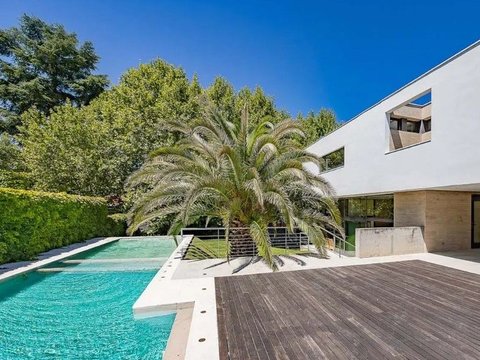Listed Buildings: Exception to the Moratorium?
Background: The Balearic Moratorium
As we explained in our article on the Balearic Moratorium, the Balearic Islands Government approved a four-year suspension of new tourist licences under Decree Law 3/2022, of 11 February, on sustainability and circularity of tourism.
During this period, each Island Council (Consell Insular) must define the maximum number of tourist places allowed — which may not exceed the existing total.
However, not all buildings are subject to this moratorium.
One key exception applies to listed buildings (bienes catalogados).
What Are Listed Buildings?
Listed buildings are those protected for their historical, architectural, or artistic value, meaning that any modification or restoration requires prior administrative authorisation.
In Mallorca, since 1996, more than 500 properties have been listed, with an additional 155 included in 2019 — among them:
- Cine Rívoli and the old Cine Doré,
- San Cayetano and Madre Alberta schools,
- Club Marítimo El Molinar,
- The Última Hora building,
- Cafè Líric, Mallorca Tenis Club, and Hostal Baleares.
These buildings are part of the island’s cultural heritage and play an important role in the government’s vision of sustainable and heritage-based tourism.
The “Manacor Amendment”: Origin of the Exception
The exception was introduced through the so-called “Manacor Amendment”, a provision added to the Decree thanks to the votes of PSIB, Pi, and Cs, with the abstention of the PP.
This amendment allows for the approval of 200 tourist places in hotels classified as buildings of historical or architectural importance.
In other words, the moratorium does not apply to:
- Listed buildings (bienes catalogados), or
- Properties declared Assets of Cultural Interest (BIC),
as long as they are located in urban areas.
The intention behind this exception is to encourage small-scale restoration projects that preserve the islands’ architectural identity while promoting quality, sustainable tourism.
(Reference: Decree Law 3/2022 – BOIB)
Allocation of Tourist Places per Island
The amendment also limits the number of tourist places outside the moratorium:
- Mallorca: 200 places
- Menorca: 100 places
- Ibiza: 100 places
- Formentera: 50 places
Each Island Council may decide whether or not to implement this exception within three months of the law’s entry into force.
Mallorca’s Decision: No New Tourist Places
The Consell Insular de Mallorca chose not to apply the exception.
Although entitled to approve up to 200 new tourist places in listed buildings, the Council decided not to grant any new licences during the moratorium period.
In the words of Neus Truyol, Deputy Mayor for City Model:
“It is essential to work towards ending tourist overcrowding. Degrowth is necessary to recover normality and balance in the city.”
This decision aligns with Mallorca’s broader strategy to become a European benchmark for sustainable tourism, even at the expense of short-term growth.
What About the Other Islands?
Unlike Mallorca, Menorca, Ibiza, and Formentera may still approve tourist places under this exception.
This could create a competitive advantage for these islands in the short term, as they can move forward with small, heritage-oriented hospitality projects while Mallorca maintains its full moratorium.
Conclusion: A Unique Window of Opportunity
The exception for listed buildings offers a rare opportunity for investors and developers interested in heritage properties.
At Frau Legal, we specialise in real estate and administrative law in the Balearic Islands.
Our team can assist you with:
- The cataloguing process of your building,
- The feasibility analysis of your project, and
- The application for a tourist licence under the Manacor Amendment exception.
Even within the moratorium, strategic investment is possible — especially when aligned with cultural preservation and sustainable tourism values.






